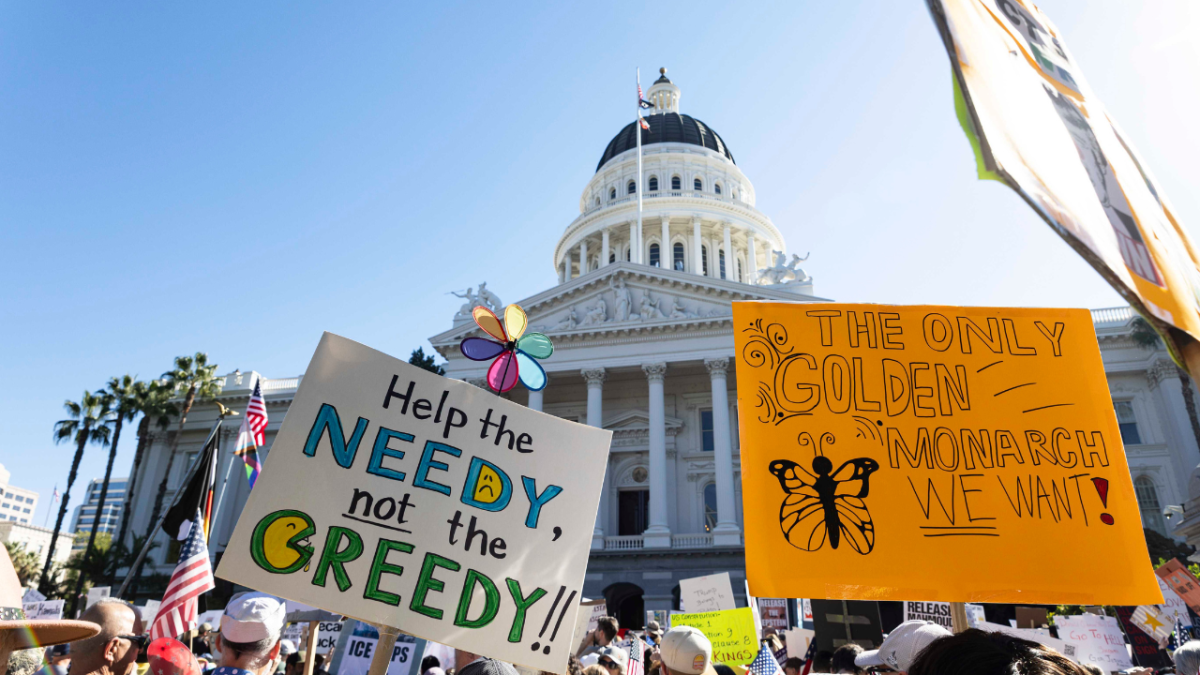Sun set to power campus
November 12, 2008
Solar power panels will soon grace the roofs of Sacramento State buildings. In an agreement with the California State University, energy company SunEdison is installing solar panels on 15 campuses throughout the system.
The solar panels are expected to generate eight megawatts of energy system-wide, about five percent of the energy used by the CSU system.
The agreement with SunEdison will bring solar power to two-thirds of the CSU campuses and the Chancellor’s Office.
“The solar panels are being installed state-wide in three phases,” said Erik Fallis, media relations specialist for the Chancellor’s Office. “The first phase included four CSU campuses. The second phase will be 15 campuses. The final phase will include state hospitals and prisons.”
“Some of the CSU campuses are doing above and beyond what is required,” Fallis said. “San Jose State, for instance has done a commendable job with transportation management. We have campuses doing great recycling programs and sustainability class work, in addition to the solar energy program.”
Nat Martin, energy conservation coordinator of facilities services, said Sac State has been trying to get solar energy for several years.
“When this deal came about, I already had my studies done, my paperwork filled out, and my site chosen,” Martin said. “We have never been able to afford it.”
SunEdison will install, own, and maintain the solar panels. The energy created will then be sold to Sac State at reduced cost. Installation of the zero-emission solar panels carry no out-of-pocket expenses for the CSU system.
The first solar panels will be installed on both sides of the library roof and on Parking Structure III.
Martin said the major problem with solar energy is the high initial cost of installation.
“For something with a 30 or 40-year payback and solar panels only last for 20 to 25 years,” Martin said. “What accountant is going to go for that?”
“California leaders have turned the vision of renewable energy into results,” David Busby, chief executive officer of SunEdison said in an interview with the Sacramento Bee. “SunEdison is proud to be part of this public-private partnership.”
Charles Reed, chancellor for the CSU, was active in getting the agreement worked out with SunEdison.
“California’s economic, environmental and social prosperity depends on sustainable energy and technology,” Reed said. “As the nation’s largest university system, the CSU welcomes this opportunity to lead the way.”
Martin said the energy generated at Sac State is about 2 percent of what the campus uses.
“Having solar panels will help reduce the campus carbon footprint,” Martin said. “It is the right thing to do, and it is a win-win-win situation for Sac State, SunEdison and the State of California.”
Sac State has used solar energy for many years, using it for heating water and charging electric vehicles, Martin said.
“When Parking Structure III was built, we were able to have the building wired for solar, even though we couldn’t afford to do the installation,” Martin said.
Having the infrastructure in place contributed to being approved for the solar project, Martin said.
The first step is an environmental impact report that will be completed by the end of the year and is something Martin said should not present an issue.
“The library and Parking Structure III are existing construction, which should reduce the paperwork,” Martin said. “The next phase, we are going to try to install solar on the University Union, the Recreation and Wellness Center and student housing. They are going to do the environmental report on all of the buildings, which will save money.”
Martin said having the report done will allow Sac State to be ready to install twice as many solar panels in the future.
“It is great to see many campuses looking at the possibilities early,” Fallis said.
Martin said the time frame for the construction has not been established yet.
Martin said that the solar power equipment will include a digital read-out display showing energy production and performance.
“It may not be part of the curriculum, but students will be able to walk over to the library and say, ‘Look, here is what is going on’,” Martin said. “They will be able to relate it to their education.”
A current study by University of California, Berkeley, states that California’s push to reduce global warming and increase renewable energy is expected to give the state a $76 billion boost by 2020. The study also shows a creation of 403,000 jobs in renewable energy fields over the next 12 years.
Derek Fleming can be reached at [email protected].
























































































































